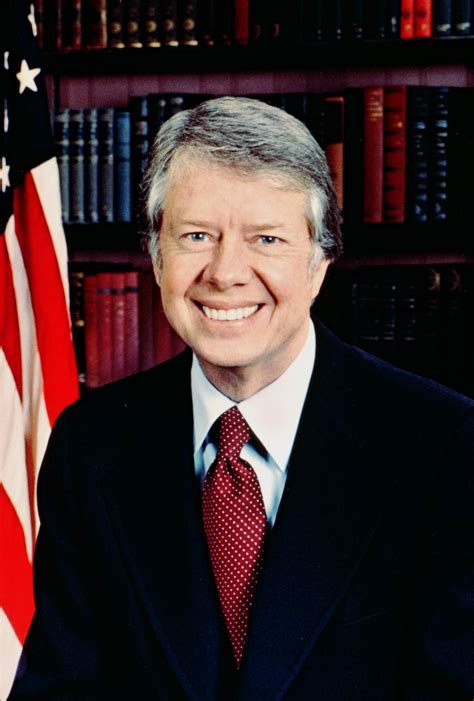The tale of Jimmy Carter’s UFO sighting isn’t just about a single unexplained aerial event; it’s a broader metaphor for public engagement with the unknown. In this context, Carter’s experience provides a valuable case study in how the unexplained can drive both scientific inquiry and wild speculation. Despite the later explanations of the sighting potentially being high-altitude barium clouds, the incident continues to spark discussions about how society processes and reacts to unexplained phenomena.
The intrigue surrounding UFOs often reveals deeper cultural narratives about trust, knowledge, authority, and the otherworldly. In Carter’s case, his sighting has been subject to extensive analysis and debate, not only about what he saw but also about the implications for public understanding of science and the paranormal. Whether or not the object was extraterrestrial, the incident underscores the human tendency to seek explanations, whether through science or speculation.
Further complicating the discussion is the portrayal of UFO enthusiasts in the media. The Jimmy Carter UFO incident feeds into the stigmatization or romanticization of those who report or investigate such phenomena. This dichotomy can hinder genuine scientific inquiry, which relies on an open but critical approach to the unexplained. The incident invites us to reflect on how the media influences public perception and the scientific discourse around unexplained phenomena.
Moreover, Carter’s rational approach to the sighting, combined with his background in science, colors the narrative in a unique way. He later stated that while he considered it a UFO since it was unexplained, he did not immediately leap to the conclusion of it being an extraterrestrial spacecraft. This illustrates an ideal critical-thinking approach where the absence of an explanation does not automatically fill in the blanks with the most sensational option.
This brings us to the scientific and educational opportunity these incidents present. Each sighting or report can become a teachable moment, not just about astronomy or physics, but about critical thinking and the scientific method itself. Educators and scientists might use these high-profile incidents to demystify the scientific process and encourage public engagement with science, moving away from sensationalism and towards inquiry and analysis.
However, the public’s fascination with UFOs also taps into deeper existential and philosophical questions. What if the unexplained phenomena were indeed signals from extraterrestrial intelligence? The possibilities force us to confront not only our place in the cosmos but also our attitudes toward the unknown. Such contemplation promotes a broader scientific literacy and a more profound appreciation for the vast, unexplored reaches of our universe.
In terms of community and discourse, the Jimmy Carter UFO incident exemplifies how unexplained phenomena can foster a community of curious minds. Online forums, scientific communities, and casual conversations often revolve around such high-profile sightings, bringing people together across diverse backgrounds to ponder the greater mysteries of life and the universe.
Ultimately, the Jimmy Carter UFO incident serves as a reminder of our perpetual quest for understanding in a universe that continually reminds us of our limits. It challenges us to maintain a delicate balance between skepticism and openness, pushing the boundaries of what we know, and embracing the cosmic puzzle with both humility and curiosity. As such, these stories captivate not just because of their potential otherworldly origins but because they are a mirror reflecting our collective human desire to explore and understand the infinite.


Leave a Reply